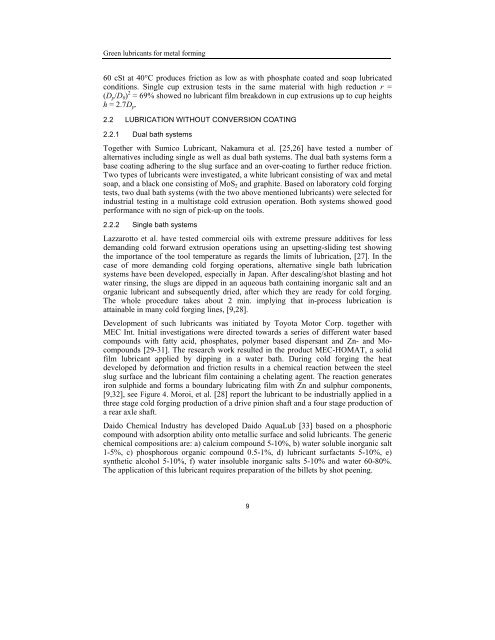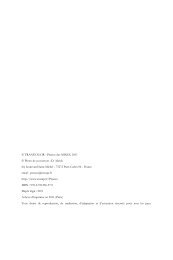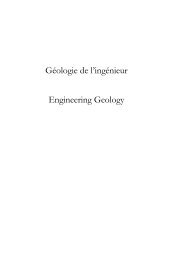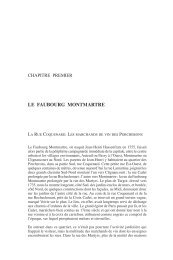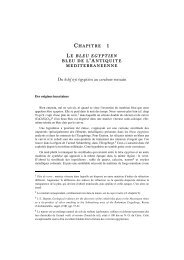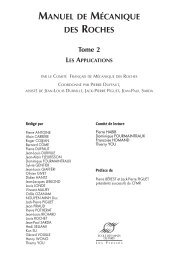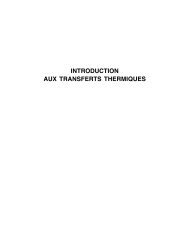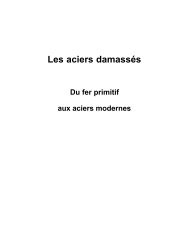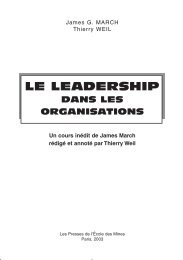Tribology of Manufacturing Processes - Presses des Mines
Tribology of Manufacturing Processes - Presses des Mines
Tribology of Manufacturing Processes - Presses des Mines
Create successful ePaper yourself
Turn your PDF publications into a flip-book with our unique Google optimized e-Paper software.
Green lubricants for metal forming60 cSt at 40°C produces friction as low as with phosphate coated and soap lubricatedconditions. Single cup extrusion tests in the same material with high reduction r =(D p /D 0 ) 2 = 69% showed no lubricant film breakdown in cup extrusions up to cup heightsh = 2.7D p .2.2 LUBRICATION WITHOUT CONVERSION COATING2.2.1 Dual bath systemsTogether with Sumico Lubricant, Nakamura et al. [25,26] have tested a number <strong>of</strong>alternatives including single as well as dual bath systems. The dual bath systems form abase coating adhering to the slug surface and an over-coating to further reduce friction.Two types <strong>of</strong> lubricants were investigated, a white lubricant consisting <strong>of</strong> wax and metalsoap, and a black one consisting <strong>of</strong> MoS 2 and graphite. Based on laboratory cold forgingtests, two dual bath systems (with the two above mentioned lubricants) were selected forindustrial testing in a multistage cold extrusion operation. Both systems showed goodperformance with no sign <strong>of</strong> pick-up on the tools.2.2.2 Single bath systemsLazzarotto et al. have tested commercial oils with extreme pressure additives for lessdemanding cold forward extrusion operations using an upsetting-sliding test showingthe importance <strong>of</strong> the tool temperature as regards the limits <strong>of</strong> lubrication, [27]. In thecase <strong>of</strong> more demanding cold forging operations, alternative single bath lubricationsystems have been developed, especially in Japan. After <strong>des</strong>caling/shot blasting and hotwater rinsing, the slugs are dipped in an aqueous bath containing inorganic salt and anorganic lubricant and subsequently dried, after which they are ready for cold forging.The whole procedure takes about 2 min. implying that in-process lubrication isattainable in many cold forging lines, [9,28].Development <strong>of</strong> such lubricants was initiated by Toyota Motor Corp. together withMEC Int. Initial investigations were directed towards a series <strong>of</strong> different water basedcompounds with fatty acid, phosphates, polymer based dispersant and Zn- and Mocompounds[29-31]. The research work resulted in the product MEC-HOMAT, a solidfilm lubricant applied by dipping in a water bath. During cold forging the heatdeveloped by deformation and friction results in a chemical reaction between the steelslug surface and the lubricant film containing a chelating agent. The reaction generatesiron sulphide and forms a boundary lubricating film with Zn and sulphur components,[9,32], see Figure 4. Moroi, et al. [28] report the lubricant to be industrially applied in athree stage cold forging production <strong>of</strong> a drive pinion shaft and a four stage production <strong>of</strong>a rear axle shaft.Daido Chemical Industry has developed Daido AquaLub [33] based on a phosphoriccompound with adsorption ability onto metallic surface and solid lubricants. The genericchemical compositions are: a) calcium compound 5-10%, b) water soluble inorganic salt1-5%, c) phosphorous organic compound 0.5-1%, d) lubricant surfactants 5-10%, e)synthetic alcohol 5-10%, f) water insoluble inorganic salts 5-10% and water 60-80%.The application <strong>of</strong> this lubricant requires preparation <strong>of</strong> the billets by shot peening.9


